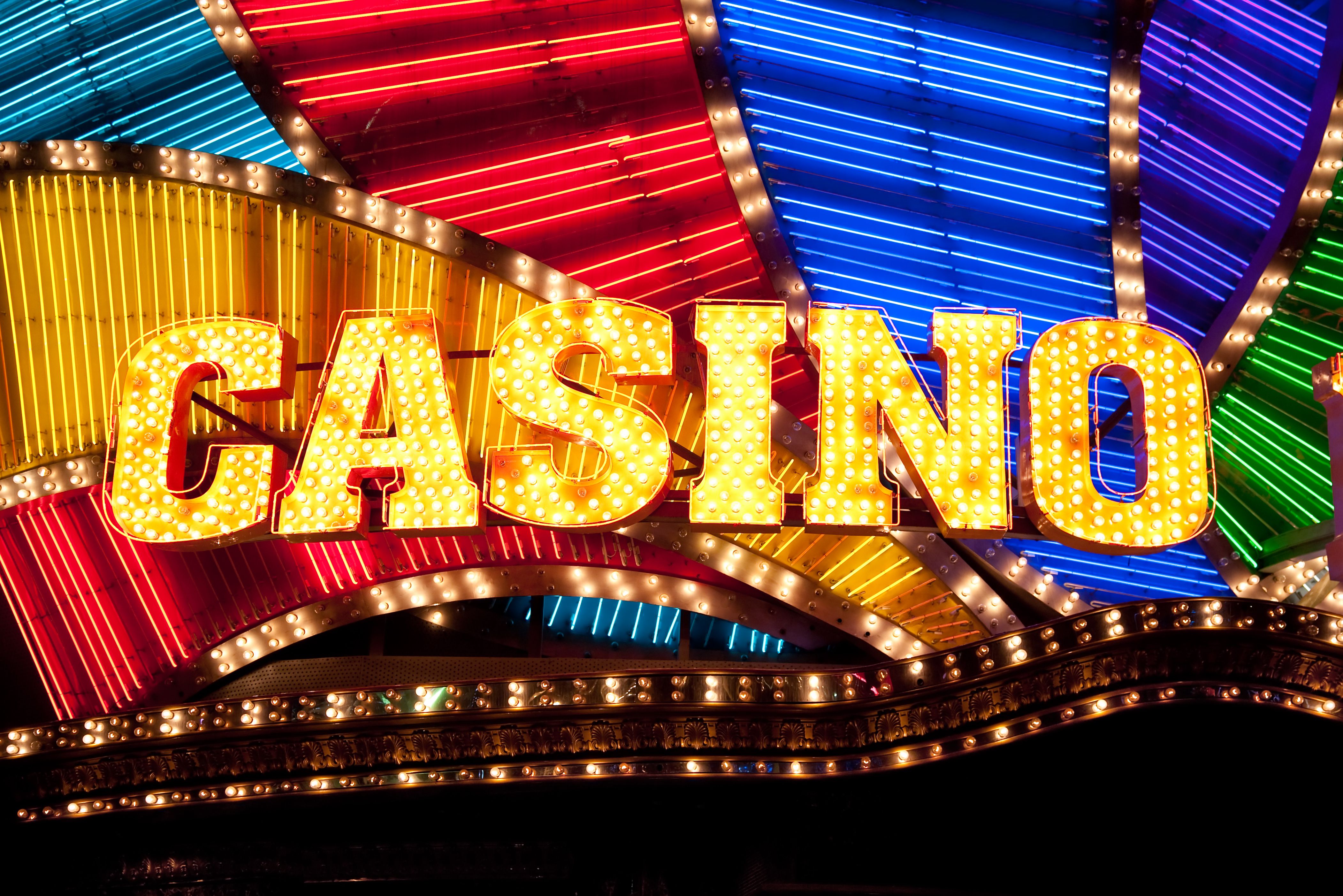
Gambling games have long captured the imagination of humans around the planet, becoming an integral part of both leisure and society. From the sparkling lights of Las Vegas to the engaging experience of virtual casinos, these experiences evoke thrill, danger, and sometimes even a sense of nostalgia. They are more than just hobbies; they have woven themselves into the tapestry of human experience, influencing various aspects from cinema and songs to style and books.
The charm of casino games goes beyond the wagering aspect, tapping into larger themes of fortune, risk, and social interaction. As players assemble around a gaming table or rotate the wheel of fortune, they engage in an age-old ritual that connects with our shared desire for excitement and instability. This obsession has led to the emergence of countless references in films, music, and gaming, showcasing how deeply entrenched these activities are in pop culture. Whether it is the pressure of a legendary heist movie or the vibrant nightlife portrayed in videos, casino games have created a substantial role that reflects our connection with risk.
Social Significance of Gambling Games
Casino games have played a key role in social aspects throughout history. Stemming from ancient societies, games of chance were often linked to rituals or gatherings. For example, early forms of these activities can be traced back to historic China and the Romans, where die games and betting on outcomes were popular pastimes. These games not only served as entertainment but also as methods of social interaction, facilitating connections among people within communities.
As cultures evolved, so did the complexity and structure of casino games. The establishment of formal casinos in the 17th century, particularly in Italy, marked a major shift in how games were perceived and organized. King88 With specific spaces for gaming, the casino became a social hub where patrons from various backgrounds convened. This change contributed to the validation of gambling, transforming it from a mere pastime into an established industry that shaped the economy and regulations.
The effect of gambling games on popular culture cannot be overlooked. As they were popularized in literature and film, games such as Texas Hold’em and blackjack became icons of risk, luck, and strategy. Famous figures and stories have developed around these activities, reflecting societal attitudes towards luck, prosperity, and immorality. This interest with gambling games has infiltrated various forms of entertainment, cementing their place in the collective consciousness and linking them to wider cultural narratives throughout the ages.
Depiction of Gambling Activities in Media
Gambling games have long been a popular topic in various forms of media, reflecting both the fascination and complexities of gambling culture. Films such as Ocean’s 11 and Casino Royal portray characters who navigate intense situations, showcasing not only the appeal of the casino atmosphere but also the strategies and decisions that come with playing popular games like poker and 21. These films often dramatize the excitement of winning and the potential consequences of losing, encapsulating the risks involved in gambling.
Television shows have also explored the realm of gambling activities, often integrating them into the storyline as a context for story progression and conflict. Series like Las Vegas depict the experiences of casino workers and customers, highlighting the lively, often chaotic energy of the casino floor. Reality shows featuring high-stakes gambling competitions further emphasize the appeal of gambling activities, drawing viewers into the drama and strategy involved in each session. Through these representations, media not only engages but also sparks conversations about fortune, skill, and the nature of chance.
Video games have increasingly incorporated gambling activities into their development, allowing players to recreate the experience of gambling without monetary loss. Games within the domain of digital gaming often include virtual slots, poker, and other popular casino games, creating an interactive experience that mirrors real-life gameplay. These digital representations make casino games accessible to a global audience, appealing to both players who indulge and those who enjoy the rush of simulation. As a result, the portrayal of gambling activities in entertainment continues to shape public perception and cultural relevance, highlighting their function in entertainment and culture.
Effect of Gambling Activities on Society
Gambling activities have a significant impact on communities, affecting multiple facets of culture and interpersonal behavior. They often function as a venue for social interaction, where people gather to enjoy a shared activity. Game nights with friends or trips to casinos become social activities that foster connections and create memories. https://king88a.org/ This collective aspect enhances the fun value of gambling activities, making them a favored choice for festivities and recreational pursuits.
Moreover, casino games have been portrayed in numerous movies, TV series, and written works, influencing perceptions and opinions towards gambling and betting. Icons like James Bond competing in baccarat or the high-stakes poker scenes in films have cemented these games in the collective imagination. This depiction often idealizes the culture associated with casino activities, drawing in new players and impacting trends in both style and conduct. These portrayals can spark curiosity and lead to a more profound investigation of the nuances of gaming.
However, there are also negative consequences associated with the popularity of gambling activities. The allure of quick monetary gain can lead to gambling addiction and financial troubles for some people. Society must grapple with these issues, advocating for responsible gaming and awareness of the risks involved. Finding a balance between the fun aspect of gambling activities with the potential for harm is vital to ensure that they continue to be a beneficial aspect of our cultural landscape.